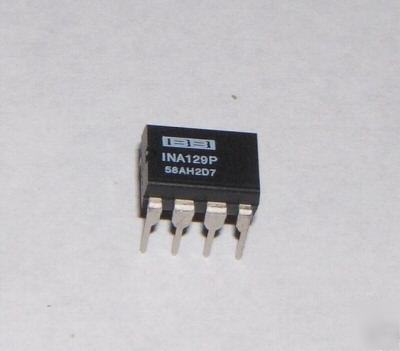
When designing an application that requires an op amp, it is important to consider the design requirements to ensure that you’ve selected the right one.ĭesigners should consider gain, input impedance, output impedance, noise, and bandwidth as well as the following factors to consider when selecting an op amp IC:Īn op amp can come in a number of channels anywhere between 1 and 8 with the most common op amps having 1, 2, or 4 channels. They are used in audio and video applications, voltage regulators, precision circuits, analog-to-digital and digital-to-analog converters, and many other applications. Op amps are very adaptable and versatile to many electronic circuits.

When signals pass through discrete elements in an analog circuit, they tend to decrease in amplitude-their voltage level decreases, but an op amp can help buffer and boost the amplitude of such signals, hence, delivering a signal that is useful at the output. They can be designed to act as a voltage amplifying device when used with active components such as transistors and passive components like resistors and capacitors to provide the desired response. They have input and output terminals capable of giving out a larger version of voltage signals that are being passed through them. Op amps are commonly available as integrated circuits (ICs). They form the basis of many modern analog electronic circuits because they are cost-effective, perform optimally and are readily available.

Now, op amps are used in all kinds of applications, for everything from signal conditioning, filtering, as well as for complex mathematical operations such as integration and differentiation. of Bell Labs, the op amp was originally built with vacuum tubes and was invented to perform mathematical operations in analog computers, hence how it earned its name. Whether you’re a professional electronics designer or just getting started, it is likely you’ve used an op amp in your designs.

The operational amplifier – or “op amp” for short – is a common building block in analog electronics.


 0 kommentar(er)
0 kommentar(er)
